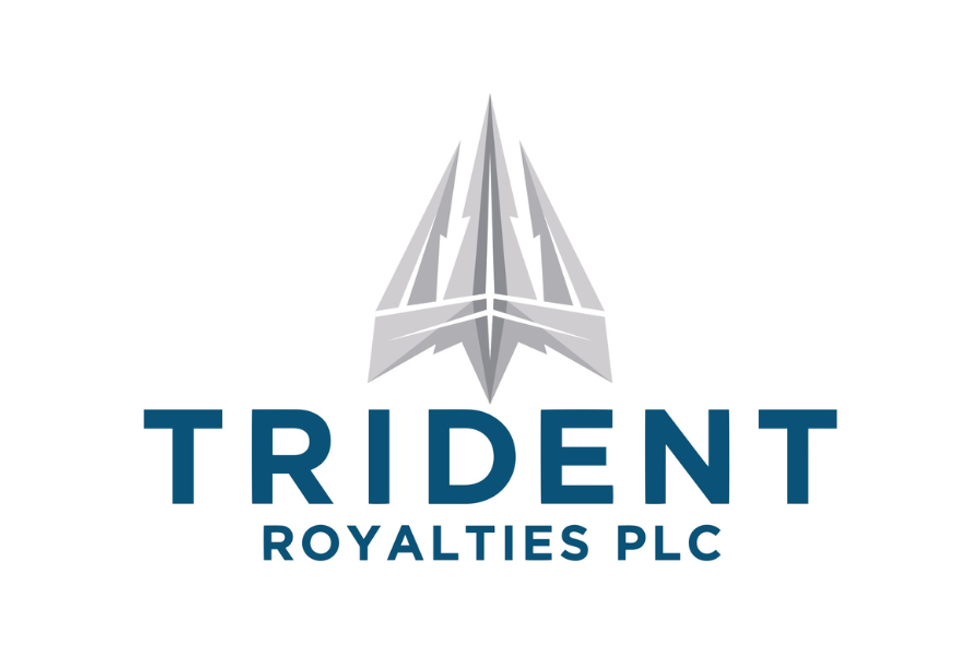- AustraliaNorth AmericaWorld
Investing News NetworkYour trusted source for investing success
- Lithium Outlook
- Oil and Gas Outlook
- Gold Outlook Report
- Uranium Outlook
- Rare Earths Outlook
- All Outlook Reports
- Top Generative AI Stocks
- Top EV Stocks
- Biggest AI Companies
- Biggest Blockchain Stocks
- Biggest Cryptocurrency-mining Stocks
- Biggest Cybersecurity Companies
- Biggest Robotics Companies
- Biggest Social Media Companies
- Biggest Technology ETFs
- Artificial Intellgience ETFs
- Robotics ETFs
- Canadian Cryptocurrency ETFs
- Artificial Intelligence Outlook
- EV Outlook
- Cleantech Outlook
- Crypto Outlook
- Tech Outlook
- All Market Outlook Reports
- Cannabis Weekly Round-Up
- Top Alzheimer's Treatment Stocks
- Top Biotech Stocks
- Top Plant-based Food Stocks
- Biggest Cannabis Stocks
- Biggest Pharma Stocks
- Longevity Stocks to Watch
- Psychedelics Stocks to Watch
- Top Cobalt Stocks
- Small Biotech ETFs to Watch
- Top Life Science ETFs
- Biggest Pharmaceutical ETFs
- Life Science Outlook
- Biotech Outlook
- Cannabis Outlook
- Pharma Outlook
- Psychedelics Outlook
- All Market Outlook Reports
Copper Supply Disruptions Not Enough to Offset Lack of Demand Right Now

Stefan Ioannou of Cormark Securities talked to INN about copper in Q1, supply and demand dynamics and where he sees prices going in 2020.
The coronavirus has dictated a number of copper mine closures and project delays around the world as miners prioritize health and safety at their operations. But supply disruptions won’t have a meaningful impact in the short term, according to Stefan Ioannou of Cormark Securities.
Speaking with the Investing News Network, Ioannou said overall market dynamics won’t be affected because, in the wake of the coronavirus outbreak, there’s also been a significant erosion of demand.
“In terms of copper, the demand isn’t there,” he said.
However, Ioannou sees an interesting dynamic in the medium to long term as supply cuts and delays hit the copper market.
“Eventually, when we get through COVID-19 and demand starts to increase, there’s a potential where the supply catch-up would lag. We could see, over the next year or two, an actual supply deficit emerge.”
Copper prices will also play a role in supply keeping up with increased demand when the world finally gets to the other side of the pandemic.
With prices down more than 20 percent since 2020 kicked off, producers may not see any point in restarting operations immediately even if they are allowed to.
“For higher-cost producers, even if they’re not being mandated to stay shut down, if prices remain low, the incentive won’t be there for them to start up as quickly at least,” Ioannou said. “We don’t see the demand right now, but there’s a ripple effect to that, and the demand will eventually turn into a supply-side issue.”
Ioannou said that the market might start to see the beginnings of this in the latter part of the year.
“I think it’s more of a 2021 story, though, where we really start to see that take effect … there’s been a lot of damage done here,” he said. “I think it will take some time for metal prices to recover, for demand to recover and so on and so forth.”
Aside from the time it will take for demand and prices to recover, another point worth considering is the cost of production itself. With oil prices plummeting and foreign currencies dropping in value consistently throughout 2020, costs for many producers are now down.
“Even though again, low prices may not bring the higher-cost guys back on immediately, their pricing threshold to actually make money has also gone down,” Ioannou said.
While that should give hope to miners, it might not be enough to bring back supply as fast as could potentially be needed.
Ioannou explained that many of the major developments are dealing with billions of dollars of capital, where mines are designed to run at, for example, US$3 to US$3.25 per pound copper.
“That’s where they really hit the sweet spot,” he said. “So to spend billions of dollars to build a mine that is going to face US$2 to US$2.50 copper for the first few years of its profile — it isn’t going to look so great on paper.”
Copper spot prices started the year at US$2.79 and have been trending lower and lower, with prices currently changing hands for US$2.16.
“I think definitely we can see a copper price below U$2, (but) I would argue it’s not sustainable,” he said. “It’s something that you may see for weeks or months, but not years.”
Prices will be impacted by the stimulus response the market might see from China, the metal’s top consumer, and other countries.
“I think it’s early days … early on when this was very much a China issue, there was hope the government there would contain it, they would stimulate its economy quickly and there’d be a very much V-shaped recovery,” he said. “I think now that this has grown to global pandemic scale, the reality is that it would probably not be that sharp, V-shaped recovery — it’s going to be something a little more gradual.”
For investors interested in copper, Ioannou said that in the next three months they should be wary of financial results for the first quarter.
“Q1 wasn’t a stellar quarter metal price-wise, but it’s better than it is now on an average basis,” he said.
For the mining analyst, the bulk of Q2 will still be just focused on the health aspects of what COVID-19 means to everyone’s livelihood.
“It’s going to be figuring that out first and foremost,” he said. “I think really the economic questions and potential solutions really will not start to take shape until at least Q3 … then we can sharpen our pencils and figure out what stimulus and how to get the economy back on track.”
Don’t forget to follow us @INN_Resource for real-time updates!
Securities Disclosure: I, Priscila Barrera, hold no direct investment interest in any company mentioned in this article.
Editorial Disclosure: The Investing News Network does not guarantee the accuracy or thoroughness of the information reported in the interviews it conducts. The opinions expressed in these interviews do not reflect the opinions of the Investing News Network and do not constitute investment advice. All readers are encouraged to perform their own due diligence.
Outlook Reports
Featured Base Metals Investing Stocks
Browse Companies
MARKETS
COMMODITIES
| Commodities | |||
|---|---|---|---|
| Gold | 2382.30 | +14.63 | |
| Silver | 28.29 | +0.07 | |
| Copper | 4.46 | +0.09 | |
| Oil | 82.90 | +0.21 | |
| Heating Oil | 2.55 | -0.03 | |
| Natural Gas | 1.75 | +0.04 | |
Investing News Network websites or approved third-party tools use cookies. Please refer to the cookie policy for collected data, privacy and GDPR compliance. By continuing to browse the site, you agree to our use of cookies.





